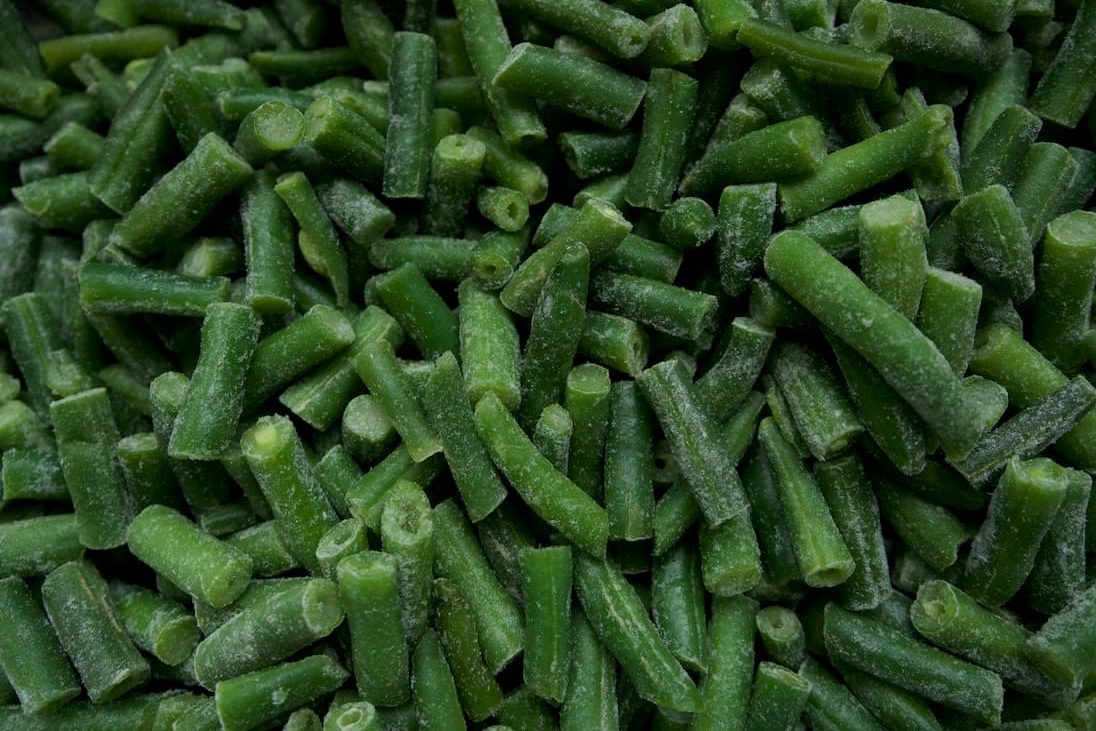AIRAH board member Dr Michael Riese, M.AIRAH, responds to a push for commercial refrigeration set points to be raised by 3˚C.
In recent months, there has been a global campaign to reduce the temperature in refrigerated cold storage by 3˚ Kelvin from -18˚C to -15˚C. The aim of this approach is purportedly to save energy, as championed by the various parties under the “movetominus15.com” banner.
As a refrigeration practitioner, I find the arguments put forward by the alliance to be oversimplified and blind to the reality of refrigeration design. It seems the people calling for this change don’t understand the implications for the general population of increasing the temperature inside freezer storage spaces.

Conditions matter
Australia is a very hot country. This is simply demonstrated by the fact that northern Europe has an ambient design temperature for air cooled condensers of 32˚C, while in places like Adelaide, the equivalent temperate is 42˚C! Hence, across the year, anything that leaves a refrigerated cold storage to either a supermarket or from the supermarket to the consumer’s place of residence will be exposed to much higher temperature differentials.
We all know that feeling of coming home from a trip to the supermarket and finding that the ice cream is just about molten. This doesn’t necessarily happen often, but it’s annoying when it does. Does it matter? Maybe not so much with ice cream … but the same principle applies to other frozen foods, even if it might not be so obvious.
If we were to raise the temperature in refrigerated storage facilities, this would happen much more often, and food safety would decrease dramatically as a result. The extra 3˚C protects us from harm when delivery truck refrigeration units fail, when the doors are open too long, or during extraordinarily hot days when the onboard units are simply not capable of keeping truck interiors cold. Those are all potential problems on the supply side, but as our ice cream analogy shows, similar issues can arise with the consumer.
Minimal savings
Any energy savings from raising temperatures by 3˚C would only be a reality if the entire facility were operating on a single suction temperature. However, the reality is that most distribution warehouses these days cater to a lot of different products that require specific storage temperatures to maximise their shelf-life.
Because of this, the storage unit’s refrigeration system would operate mostly at the lowest suction temperature, regardless of the temperature the majority of rooms are operating at. Only one product line in one room is needed to drop the suction temperature across a large portion of the facility – even in the -15˚C rooms – hence negating nearly all the theoretical energy savings.
Industry response
The final sections of the article state that some parts of the industry are looking on the proposal favourably and are keen to investigate further. However, this flies clearly in the face of the Australian reality and the specific needs in our nation. As demonstrated above, this initiative has the potential to lead to significantly reduced food safety outcomes and is highly unlikely to generate the promised savings in energy and money.
The refrigeration sector in Australia is faced over and over again with the fact that facility owners and operators have very little, and sometimes no knowledge at all of the technology they are dealing with. Many also fail to understand how their maintenance budgets and expenses influence energy consumption in their facilities.
In recent decades, AIRAH has printed numerous papers and hosted numerous conference presentations by some of my esteemed colleagues that clearly demonstrate that energy savings can be achieved in much simpler ways. Good management, use of the appropriate refrigeration equipment, finely tuned control systems, and regular preventative maintenance are solutions that work. Chasing wild dreams, on the other hand, will only endanger the Australian public.
About the author
Dr Michael Riese, M.AIRAH, is Manager – Defence Business and Research & Development at South Australian specialist refrigeration firm Cold Logic. He holds a PhD in experimental fluid dynamics and a first-class honours degree in mechanical engineering. He was elected to the AIRAH board in 2023 and is a member of AIRAH’s Refrigeration Special Technical Group.



Leave a Reply